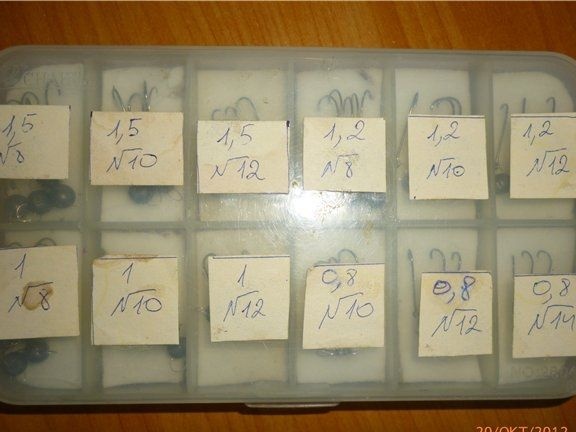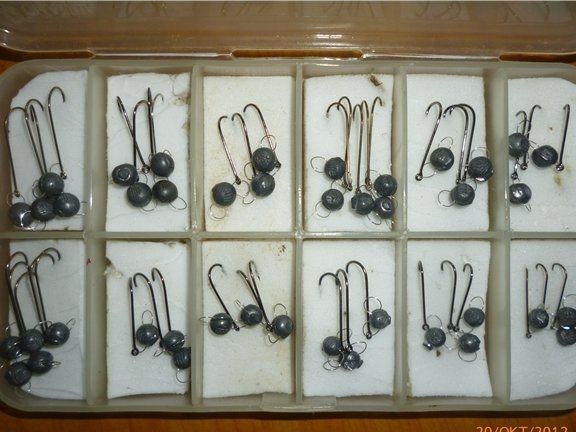
The author has learned how to independently produce such high-quality cheburashki for microjig that many fishermen, seeing his box of gear, ask where he bought such unique and high-quality gear. When the author says that he makes them himself, it surprises many. The article will consider the option of how to independently and simply learn how to make step-by-step sinkers do it yourself.
Materials and tools:
- a set of sinkers for float fishing;
- side cutters and platypuses;
- a screwdriver with a tip in the form of a hook;
- vise (small vise);
- hooks of the right size;
- guitar string (diameter 0.8-0.1 mm);
- microjig nozzles;
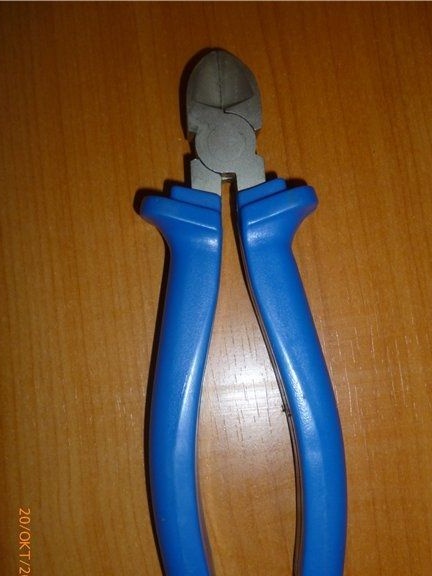
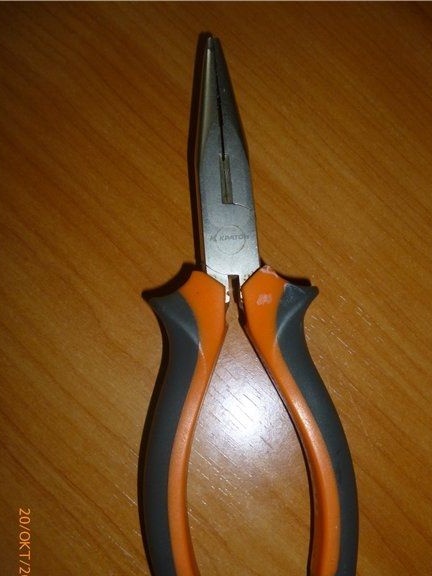
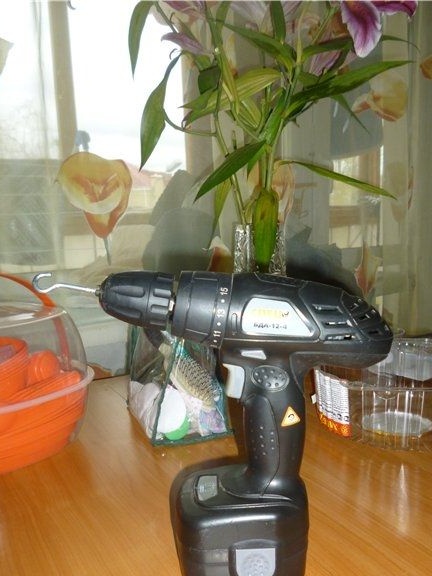
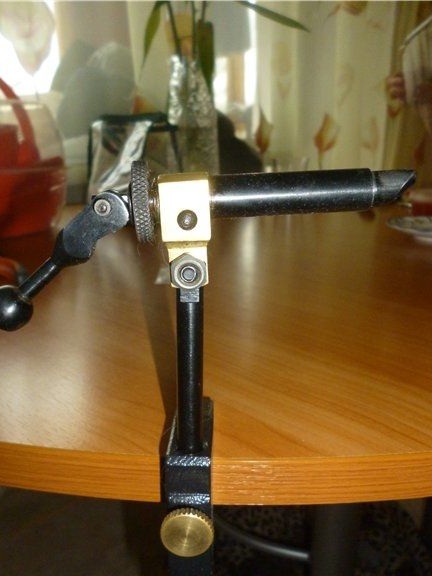
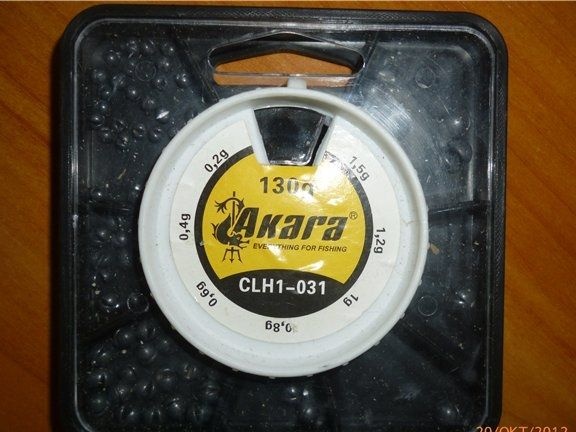
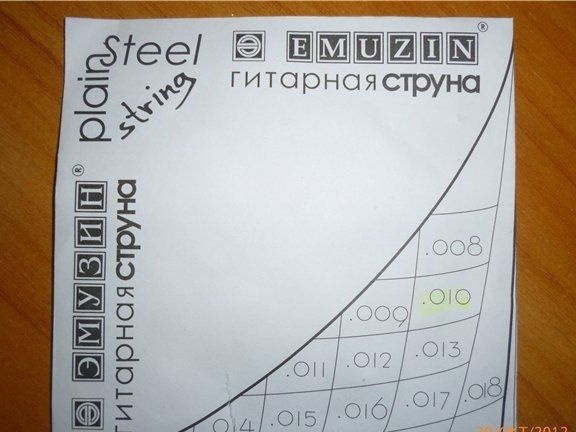
Manufacturing process
Step one. Loop creation
To create loops, a guitar string is used, with the help of side cutters it is necessary to cut two pieces of 4-5 cm long. Having formed a loop from the string, then its ends must be clamped in a vise. Now a screwdriver comes into play, with the help of it a loop is twisted. Turnovers should be small. If there is no screwdriver, then the loop can also be twisted manually, using, for example, a screwdriver or a spoke.
When the first loop is created, you can begin to create the second. It is done in a similar way, the only difference is that here you need to put a hook on the string before twisting the loop. That’s all, the two loops you need are ready.
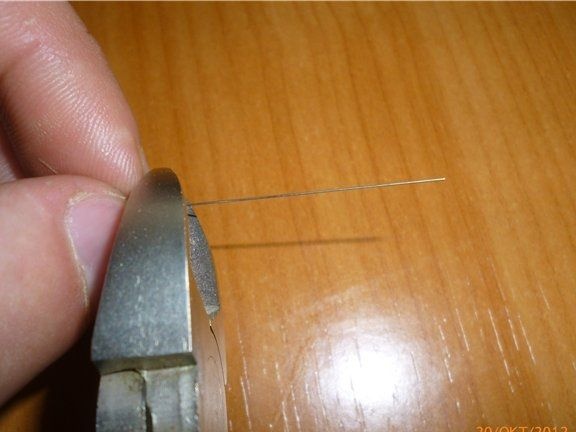
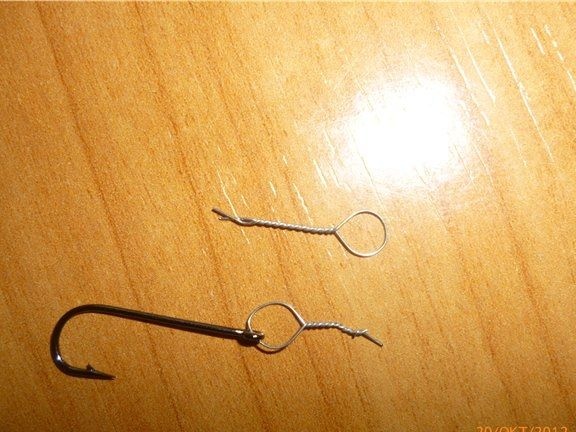
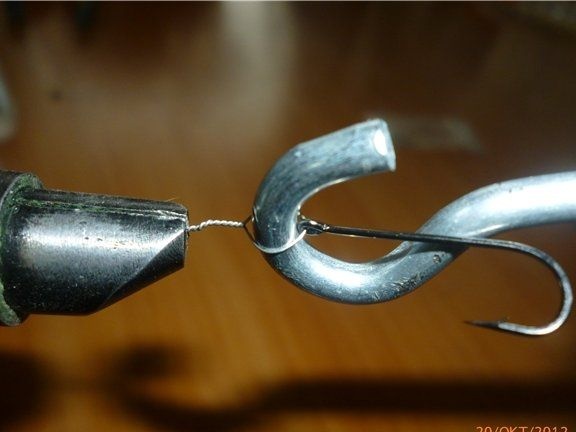
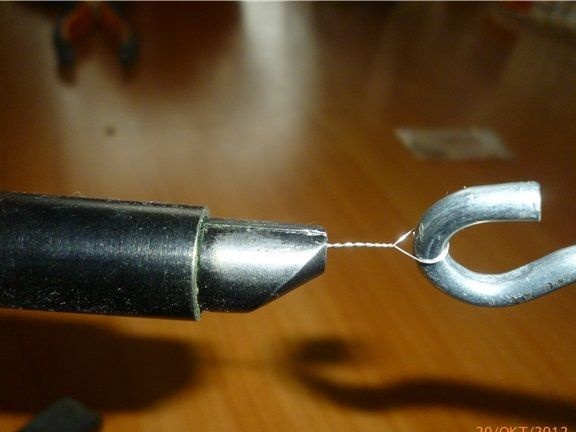
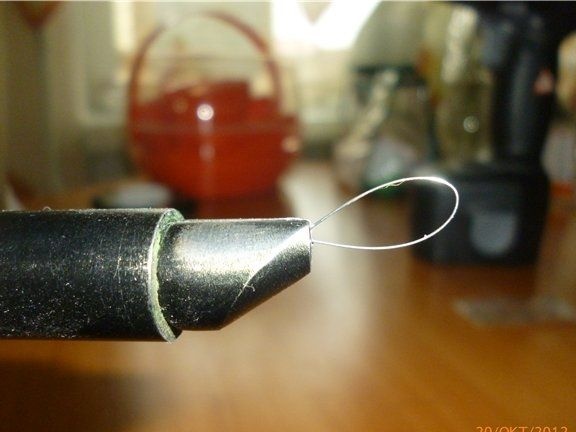
Step Two Sinker installation
In the second step, ready-made gear is already formed. You need to take a pellet and insert the ends of two loops into it, carefully compress the cargo with the help of duckbills. For reliability, the incision before the clamp can also be dripped with superglue. According to the author, the design is quite solid to withstand the trophy perch.
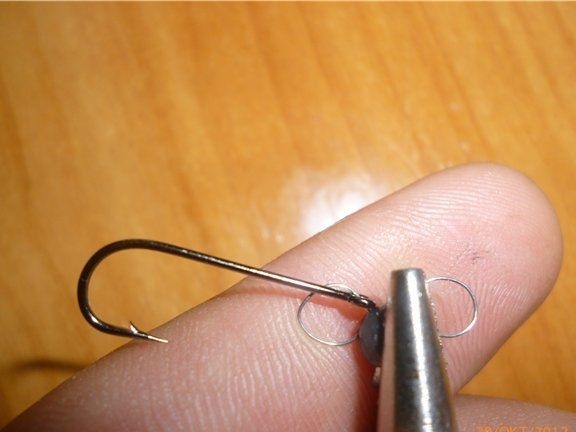
Although when biting a larger predator or when hooking, there is a chance to lose the bait. Even loops can become loose with time during long fishing, and you never know if the next fish will hold the tackle. To make the tackle reliable, loops can be made from a single piece of string, forming them at different edges.Now, if the weight drops off when a large predator bites, the hook will still remain on the fishing line and the trophy can be pulled out. Why the author did not use just such an approach, which, incidentally, is simpler, remains unknown.
Step Three Equipment
Now it remains to arrange the pasties in boxes and sign, indicating the number of the hook and the weight of the weight. This will allow you to quickly find the right gear when fishing.
That's all, now you can put on a microjig hook and the bait is ready for battle.
